Earwigs
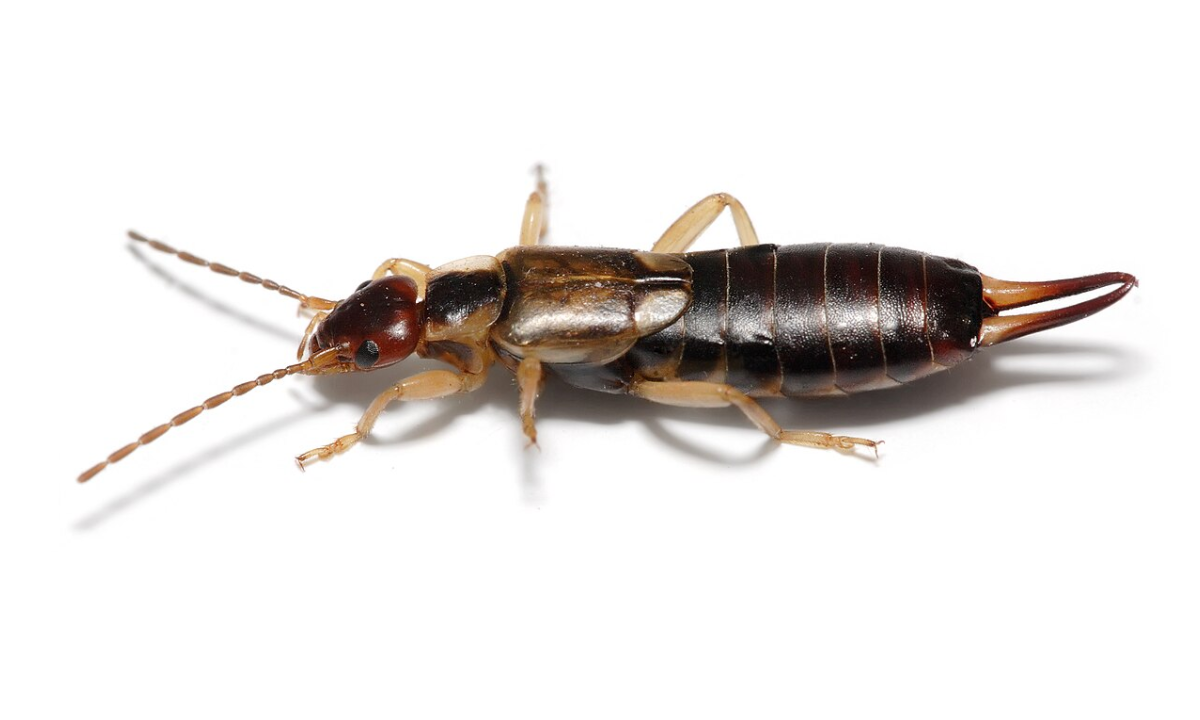
Earwigs in Massachusetts
Earwigs have a reputation that far outweighs the actual threat they pose. Many people believe the old myth that earwigs crawl into people’s ears while they sleep. Thankfully, this is not true. However, earwigs can still be an unsettling pest to find in your home—especially in damp areas like basements, bathrooms, and kitchens.
In Massachusetts, earwigs are commonly found around homes in moist, shaded areas. They are not harmful to people or pets, but they can become a nuisance when they invade indoor spaces in large numbers.
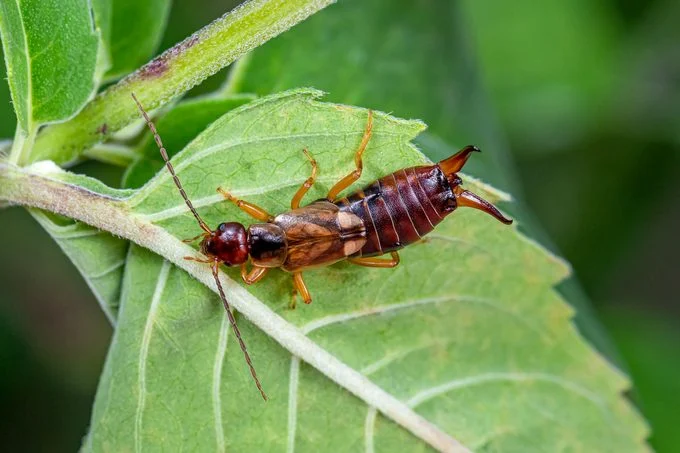
What Do Earwigs Look Like?
Earwigs are easy to recognize thanks to the pair of forceps-like pincers (cerci) at the end of their abdomen. These pincers are used for defense and mating, not for harming humans. Adult earwigs are usually dark brown to black, measuring about ½ inch to 1 inch long.
While their appearance may be intimidating, earwigs do not spread diseases or damage the structure of your home.
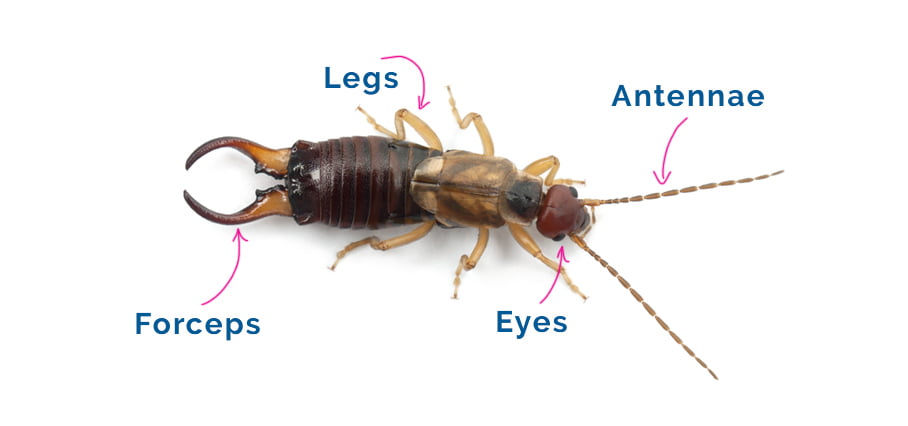
Why Are Earwigs in My House?
Earwigs are drawn to environments that provide moisture, food, and shelter. Outdoors, they thrive in mulch, leaf litter, under rocks, and within garden debris. However, during periods of heavy rain or drought, they may move indoors seeking more stable conditions.
Inside, they’re often found in basements, bathrooms, kitchens, or anywhere with high humidity. They may also appear around sinks and drains.
The Truth About Earwigs
They do not crawl into your ears.
This long-standing myth has no basis in fact. Earwigs prefer to hide in damp, dark crevices, not human ears.They do not spread diseases.
Earwigs are nuisance pests, not dangerous ones.They can pinch, but rarely do.
Their pincers can deliver a mild pinch if handled, but they are not strong enough to break skin.
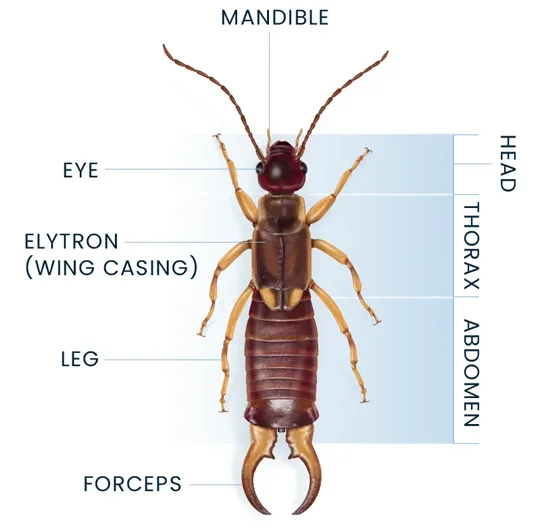
Earwig Activity in Massachusetts
Homeowners in Cape Cod towns like Plymouth, Dennis, and Wellfleet may notice earwigs more during the summer and early fall, when outdoor populations peak. They are nocturnal, so sightings usually happen at night when they are foraging for food.
Outdoors, they feed on plants, flowers, and decaying organic material, which can sometimes lead to minor garden damage.
How to Prevent Earwig Infestations
Because earwigs thrive in moisture, reducing humidity and removing hiding spots are the best ways to prevent them. Homeowners should:
Fix leaky pipes and reduce indoor humidity.
Use a dehumidifier in damp areas like basements.
Keep mulch, leaf piles, and woodpiles away from the foundation.
Seal cracks and gaps around doors and windows.
Ensure gutters and downspouts direct water away from the house.
By addressing these conditions, you make your home less inviting to earwigs.
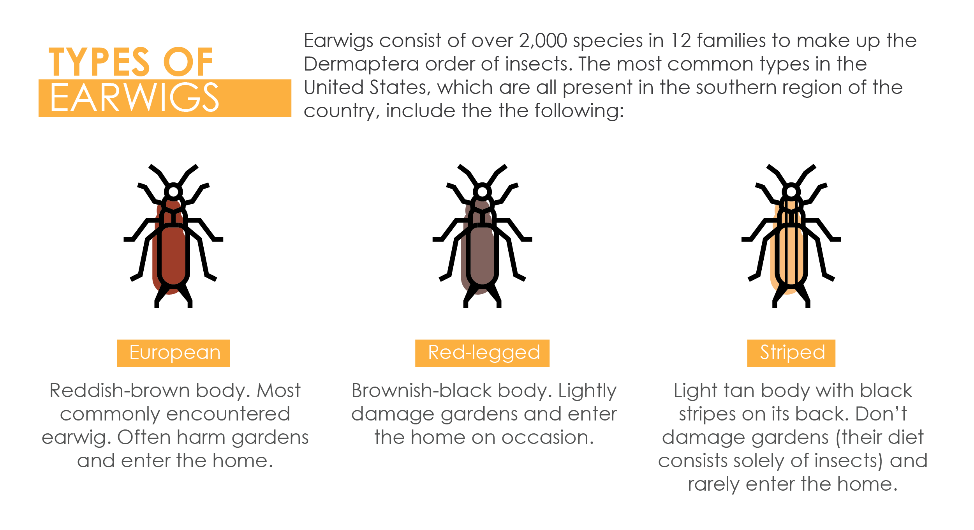
ServPest’s Earwig Control Solutions
Although earwigs are not destructive, large infestations can be unpleasant. They can also indicate underlying moisture issues around your property. ServPest offers comprehensive earwig control, combining targeted treatments with recommendations to correct conditions that attract them.
Our local knowledge allows us to identify problem areas quickly, ensuring you can enjoy an earwig-free home.
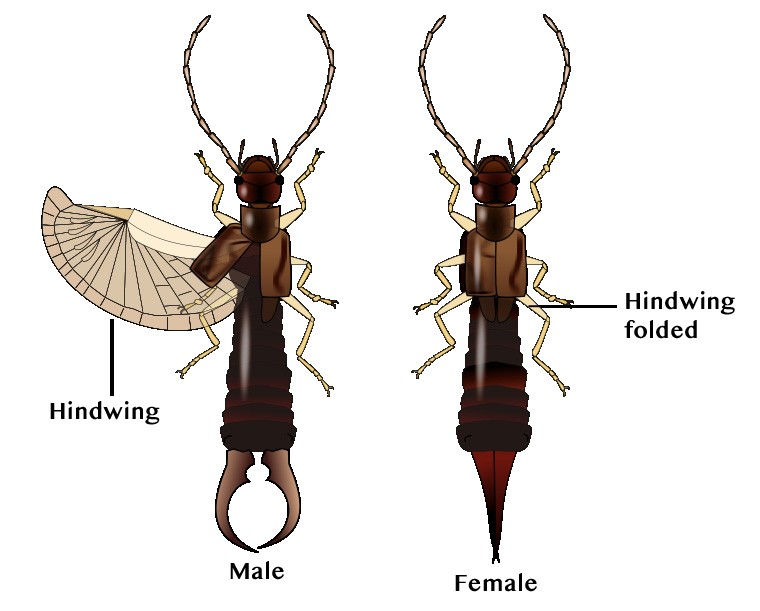
FAQs About Earwigs
No, but they can pinch if handled roughly. Their pinch is harmless.
Earwigs often congregate in damp areas. Seeing many at once usually means they have found a moisture source.
They can feed on flowers and plants, but they also eat pests like aphids, making them both a nuisance and a partial benefit outdoors.
Reducing moisture and removing hiding spots is the most effective natural control. However, infestations may require professional treatments.
They do not breed in drains, but they may wander into them seeking moisture.
Your Solution for Earwig Problems
Barnstable County, MA
Plymouth County, MA
Mon - Fri 7:00 am - 7:00 pm
Sat 8:00 am - 3:00 pm
Sun: Closed
Operation Hours: Mon-Sat: 7am - 7pm
Office: (508) 815-4842
Alternate: (508) 815-3114
info@servpest.com

